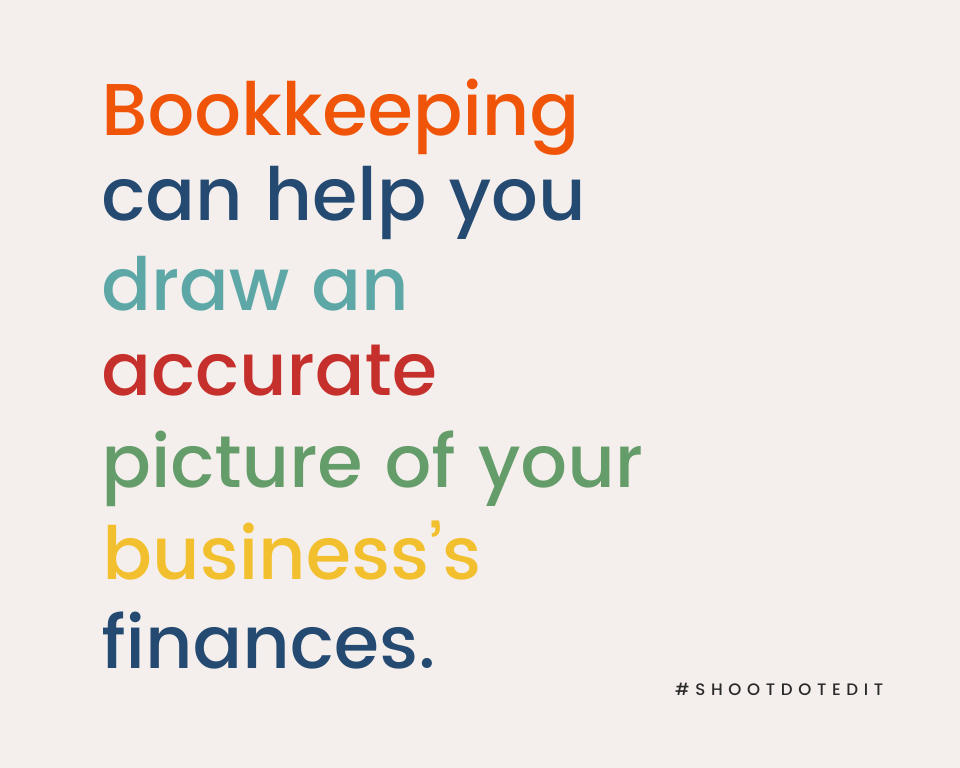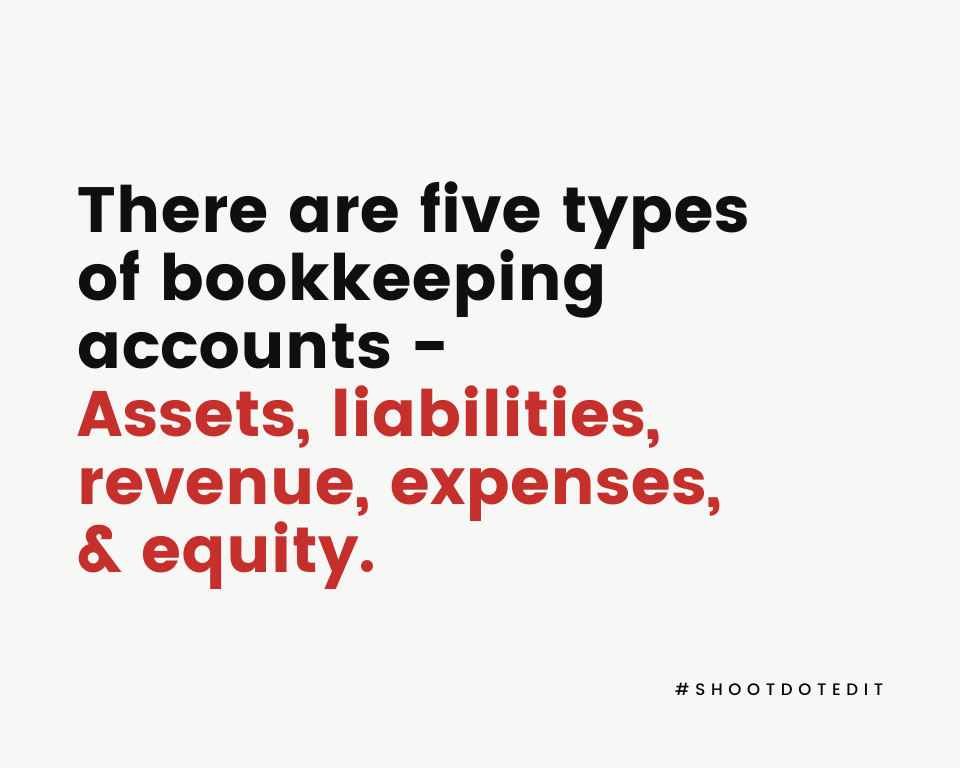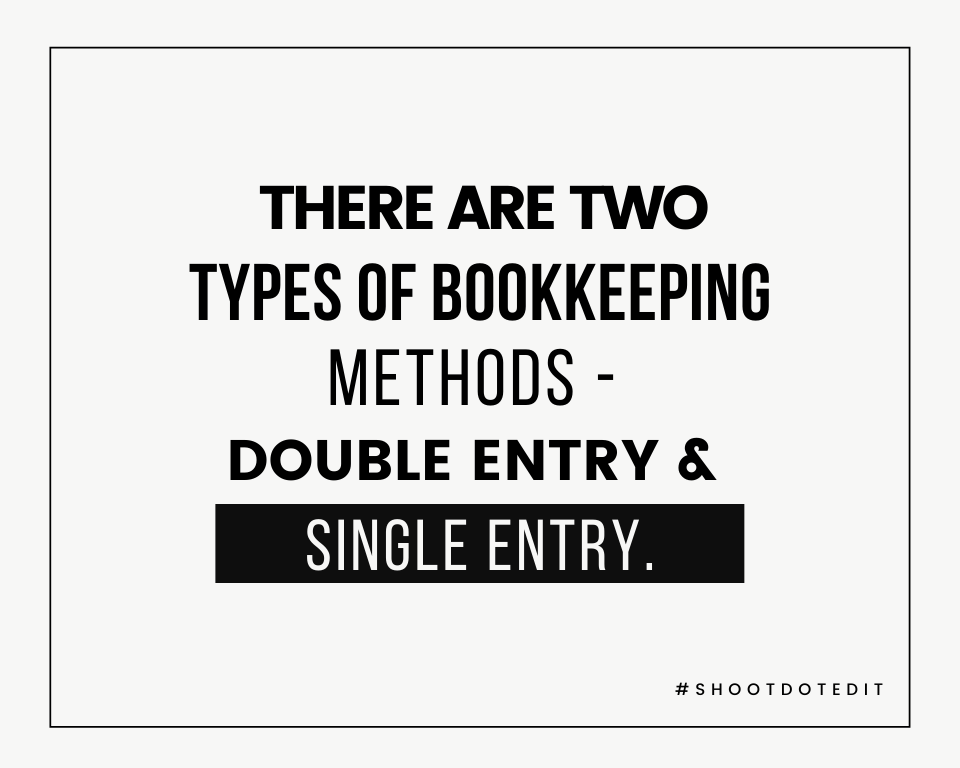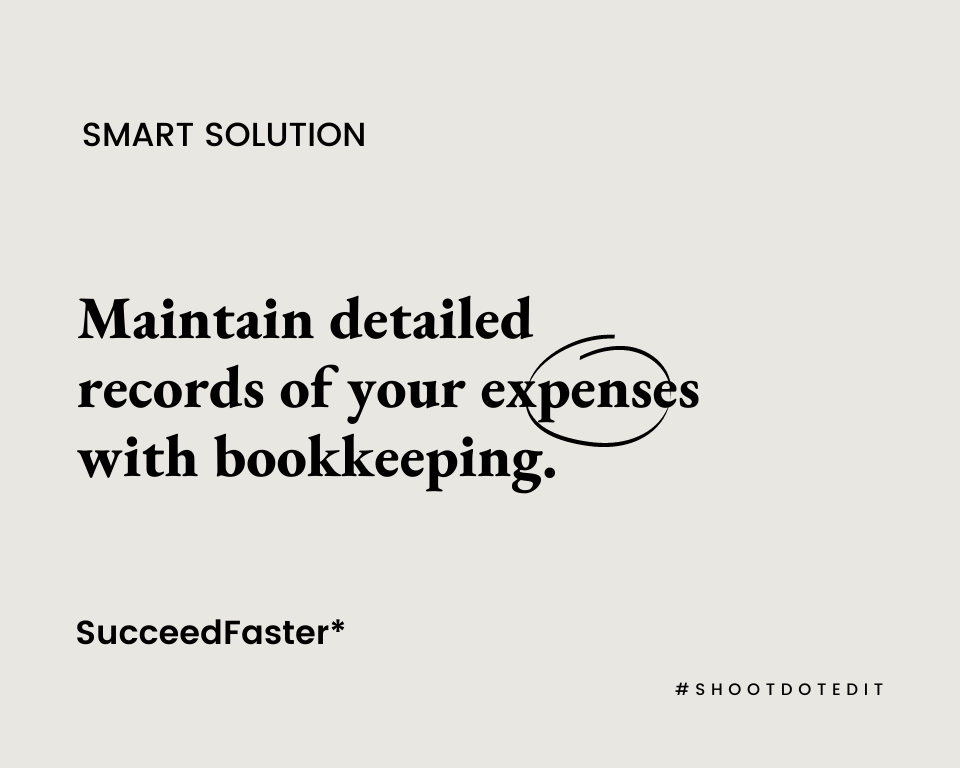
What is Bookkeeping?

Bookkeeping is the process of tracking and making a record of all of your business’s financial data and transactions – from the very beginning. Simply put, this process requires documenting how much money you are earning and how much of it is spent, and where. It also includes putting all this information together in a record-keeping system – either on spreadsheets or bookkeeping computer programs. Each financial transaction is recorded based on supporting documentation such as receipts or invoices, which essentially prove that the transaction happened. This process helps you maintain a record of your annual cash flow, thus helping you draw a more accurate picture of the financial aspect of your business.
Understanding the Basics of Bookkeeping Management

Before getting into the process of bookkeeping management, it is essential to understand the meaning and purpose of the five types of bookkeeping accounts:
1. Assets
An asset is anything that adds financial value to your business. This could be money owed to you by your customers, your earnings, your account balance, and accounts receivable. Along with this, it also includes any other assets such as gear, equipment, hardware, etc.
2. Liabilities
Anything that you owe to someone else or another business falls under the bracket of liabilities. This could include loans, debts, accrued expenses, deferred revenues, and the account payable balance.
3. Revenue
Revenue generated via different aspects of your business – whether through a service or by directly selling products – comes under the revenue account. It is also known as your income or anything that causes an increase in your net assets.
4. Expenses
On the contrary to revenue, expenses account for everything that costs you in the process of running a business or providing your services or products. It can also be referred to as the cost incurred to onboard a new asset to help generate revenue. It could include the salaries of your employees, printing costs, shipping charges, etc.
5. Equity
An equity account denotes your business’s book value. Equity is the difference you get when you subtract all of your business liabilities from all of your business assets. This data reflects on the financial health of a company.
Types of Bookkeeping Systems

There are two types of bookkeeping methods – double entry and single entry. The double-entry method is widely recommended and is often used by most business owners. In this method, every transaction is equally recorded in at least two accounts. Therefore, both debits and credits are equally reflected. Whereas in the single-entry method, only one entry is recorded per transaction. For a better understanding of both of these accounting and bookkeeping methods, you can refer here.
Benefits of Bookkeeping

- Better Tax Deduction Management: Bookkeeping will make it easier for you to manage your tax deductions since you will have detailed information of all your annual expenses.
- Law Compliance: Rightfully following this practice makes sure you are always compliant with the law and all legal regulations.
- Up-To-Date Records: The habit of bookkeeping or a bookkeeper will help you keep all the records and receipts up-to-date, helping you maintain detailed balance sheet records of every expense.
- Easier Audits: With an efficient data-recording process, conducting audits has become easier. With everything organized, you can quickly and easily produce financial reports whenever need be.
Further Read: How To Start A Photography Business: A Wedding Photographer’s Guide
We hope you found this information helpful! For more blogs like these, refer to our blog section. At ShootDotEdit, we love bringing you resourceful tips that help you grow your wedding photography business. We also strive to ease your post-production workflow with our professional wedding photo editing services that match your style. To learn more about our pricing plans, check out pricing plans.


Leave a comment